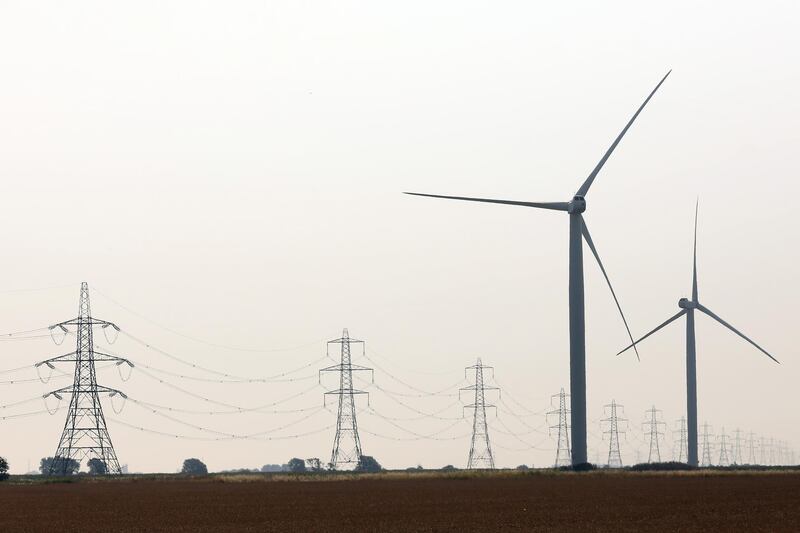Europe’s heat wave is hastening the rise of the “peaker,” a natural gas-fired power plant that can switch on and off quickly and runs only when there’s high demand.
This summer, the demand for cooling plus abnormally low levels of wind power highlighted the benefit of the low-cost generators, some just the size of a shipping container. Britain’s peaker capacity is forecast to surge five fold over the coming decade as installations of larger, traditional plants drop by a fifth, according to Bloomberg New Energy Finance (BNEF).
Open-cycle peaker plants can start generating power almost instantly, but they don’t recycle waste heat, making them less efficient than the combined-cycle stations that comprise the largest share of Britain’s daily power output. Still, the flexibility of the plants is seen as helping renewables enter the system, bolstering the shift toward cleaner energy.
As Europe closes coal stations and old nuclear plants, gas is proving a handy backup to smooth the fluctuations of renewables. It can be lucrative, too. In the U.K., prices paid to suppliers that can fulfill National Grid Plc’s last-minute balancing needs can be almost £1,000 (Dh4,830) per megawatt hour, or more than 18 times the month-ahead wholesale market rate.
“A classic moment is a still night in the middle of February,” said Neil Eckert, the chairman of Aggregated Micro Power (AMP), a peaker plant operator. “That’s the perfect storm for the National Grid, because everyone is consuming heat and power and there’s no solar and no wind and the price just goes ‘boing!'”
AMP plans to add about 12 peaking plant sites across the UK in the next year. It already manages two facilities that run about two months a year. Utility Drax Group plans open-cycle plants, while UK Power Reserve, a unit of Sembcorp Industries, and Green Frog Power are adding units to operate in peak hours of demand.
_______________
Read more:
UK arm of Kuwaiti fund said to buy North Sea pipeline firm for £1.3bn
Fracking for gas could provide UK with less to fear from Russia
_______________
While BNEF forecasts UK gas power output will drop by about two thirds by 2030, peakers will benefit most from high prices even though they’re used less often as gas demand becomes more volatile instead of steady. Peaker capacity will overtake traditional plants by 2041.
“Peakers are much better placed to deliver than larger traditional gas plants in an economy with lots of renewables,” said Diego Marquina, an analyst in London with BNEF. The UK may never need additional traditional gas plants.
Still, it might need a lot of peakers, according to an Imperial College London report for the government’s Climate Change Committee. In one scenario, as much as 147 gigawatts of gas-fired power capacity will be needed by 2050, compared with about 30GW currently.
Much of that capacity requirement depends on the progress of battery storage and electric-vehicle technology. So far, batteries can’t meet peak demand for long periods so gas-fired plants will still be needed to provide backup.
It’s not just the UK that’ll be grappling with the need for more gas peakers, as renewable output gathers pace, said Mr Eckert. Globally, the plants will make up a quarter of traditional gas-power capacity by 2030.
“The same happens in Texas when you get no wind on a hot day - you’ve got a double whammy - your wind generation stops and your air con is on,” he said.
“In Australia, where there’s massive heat waves, the power prices go nuts.”






